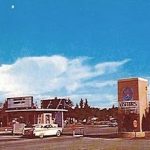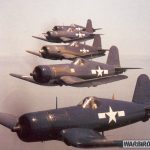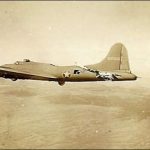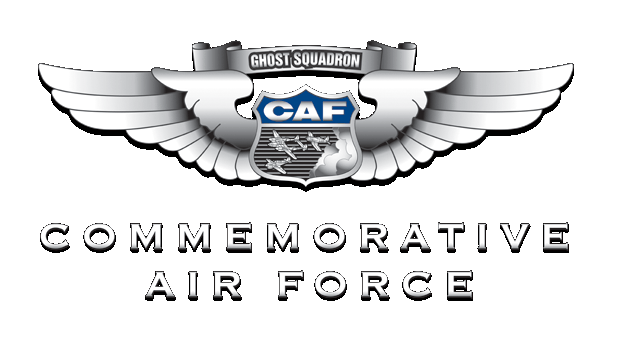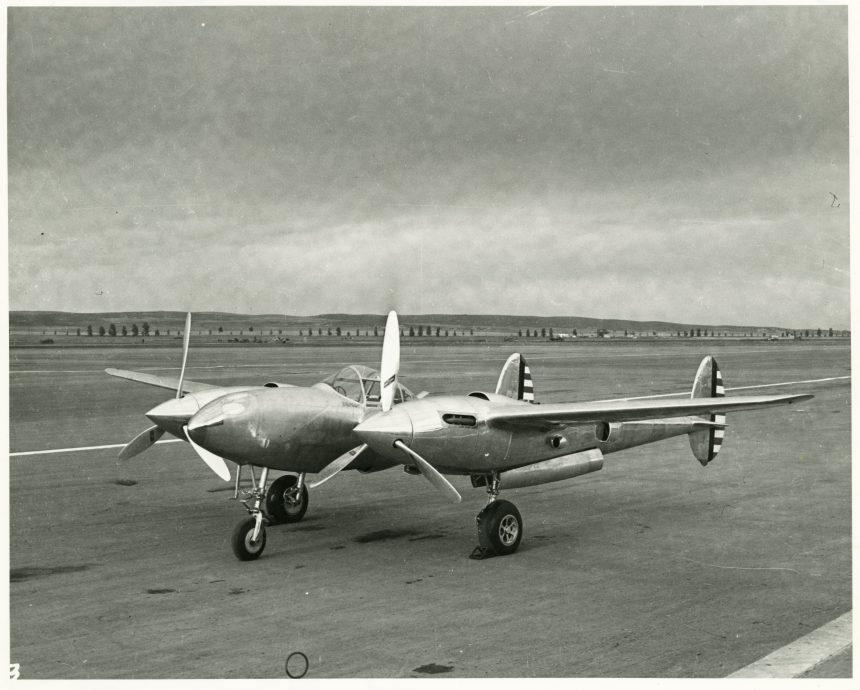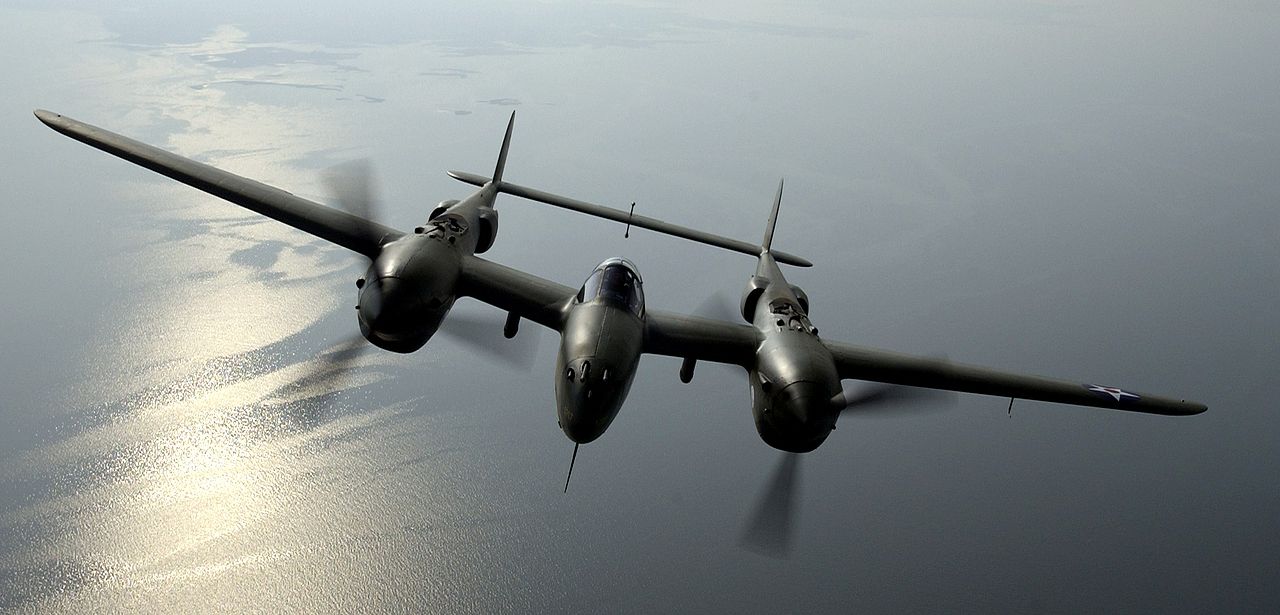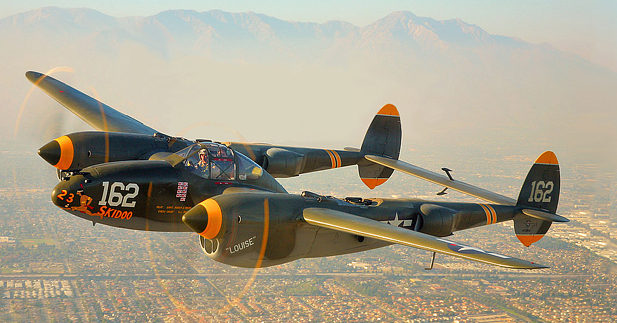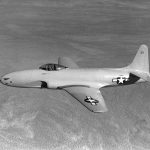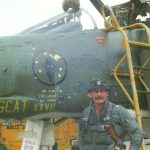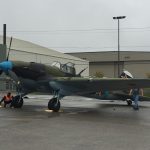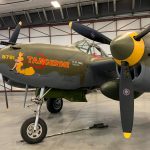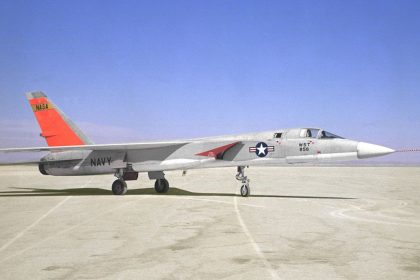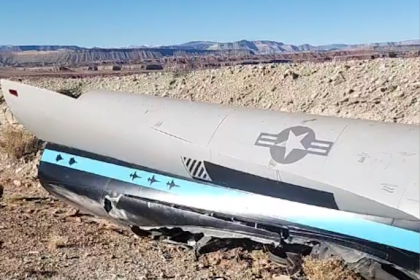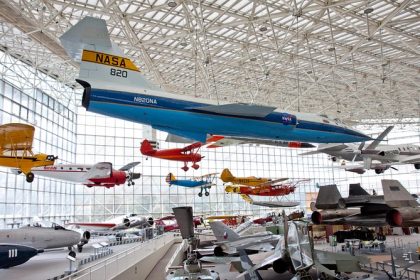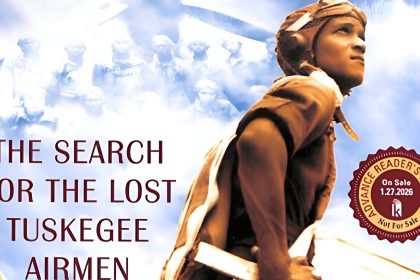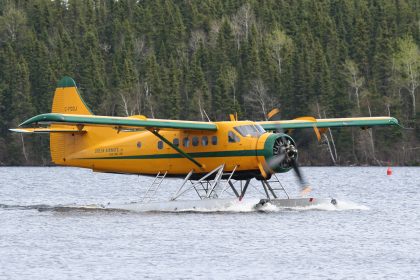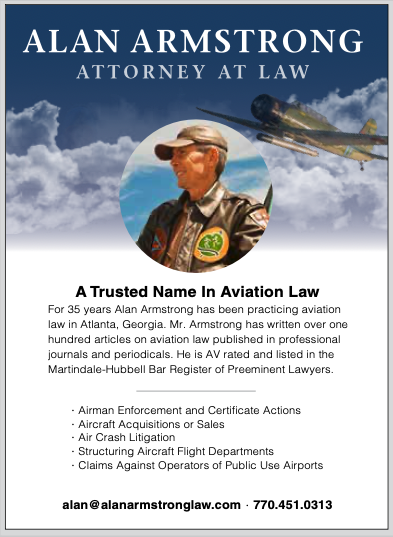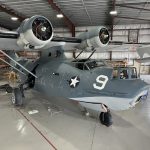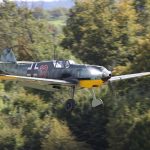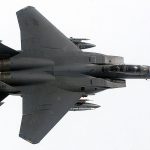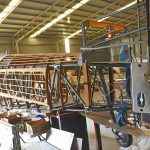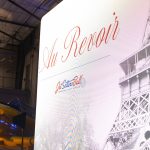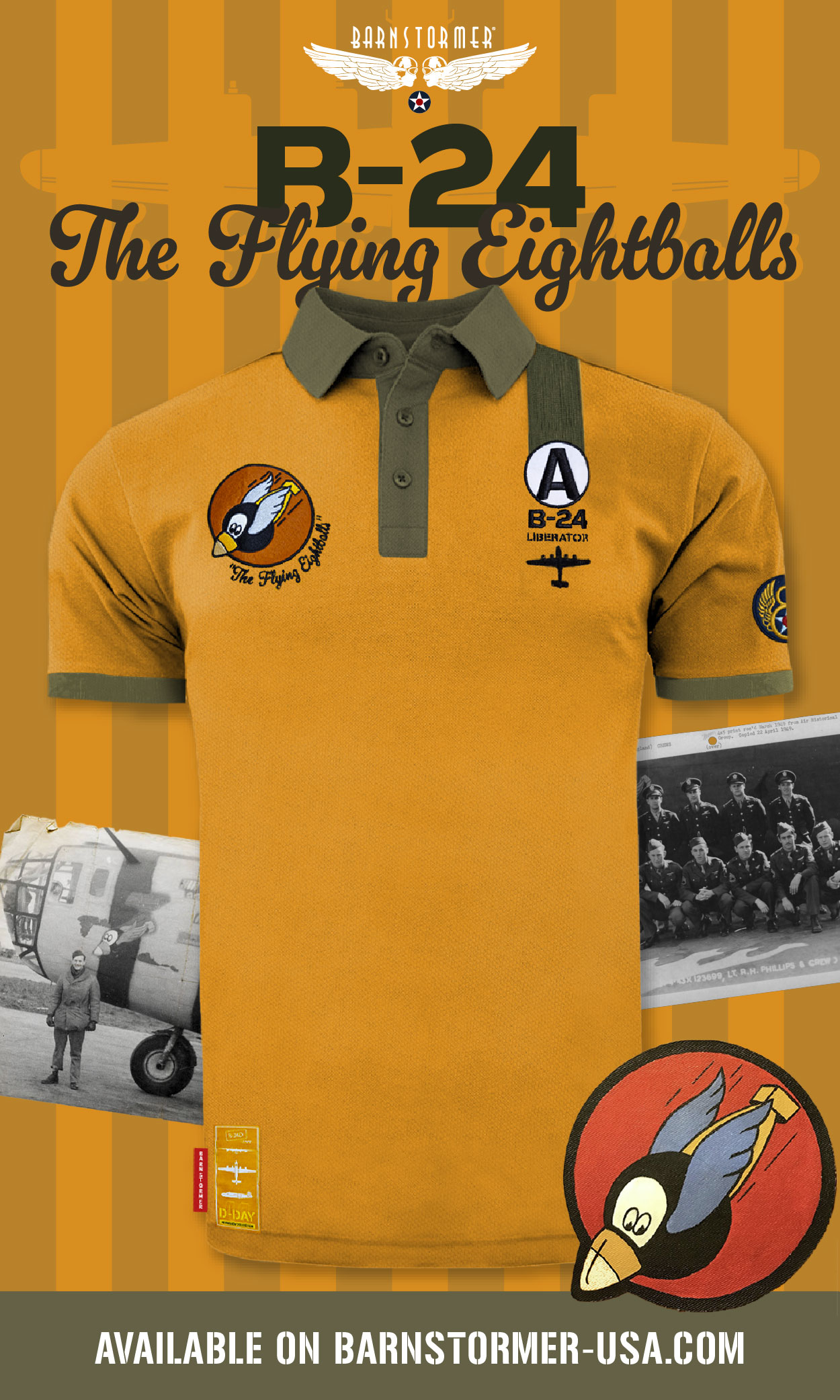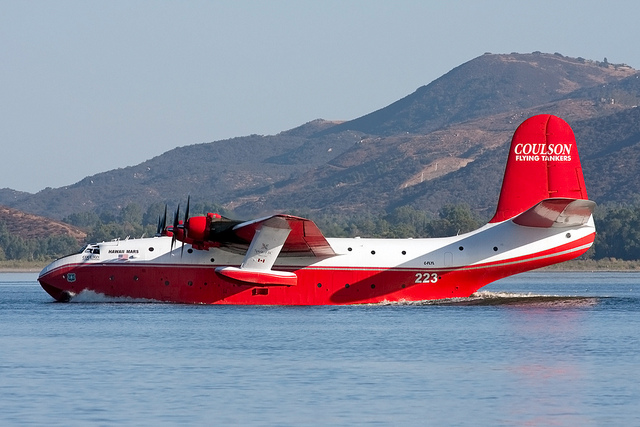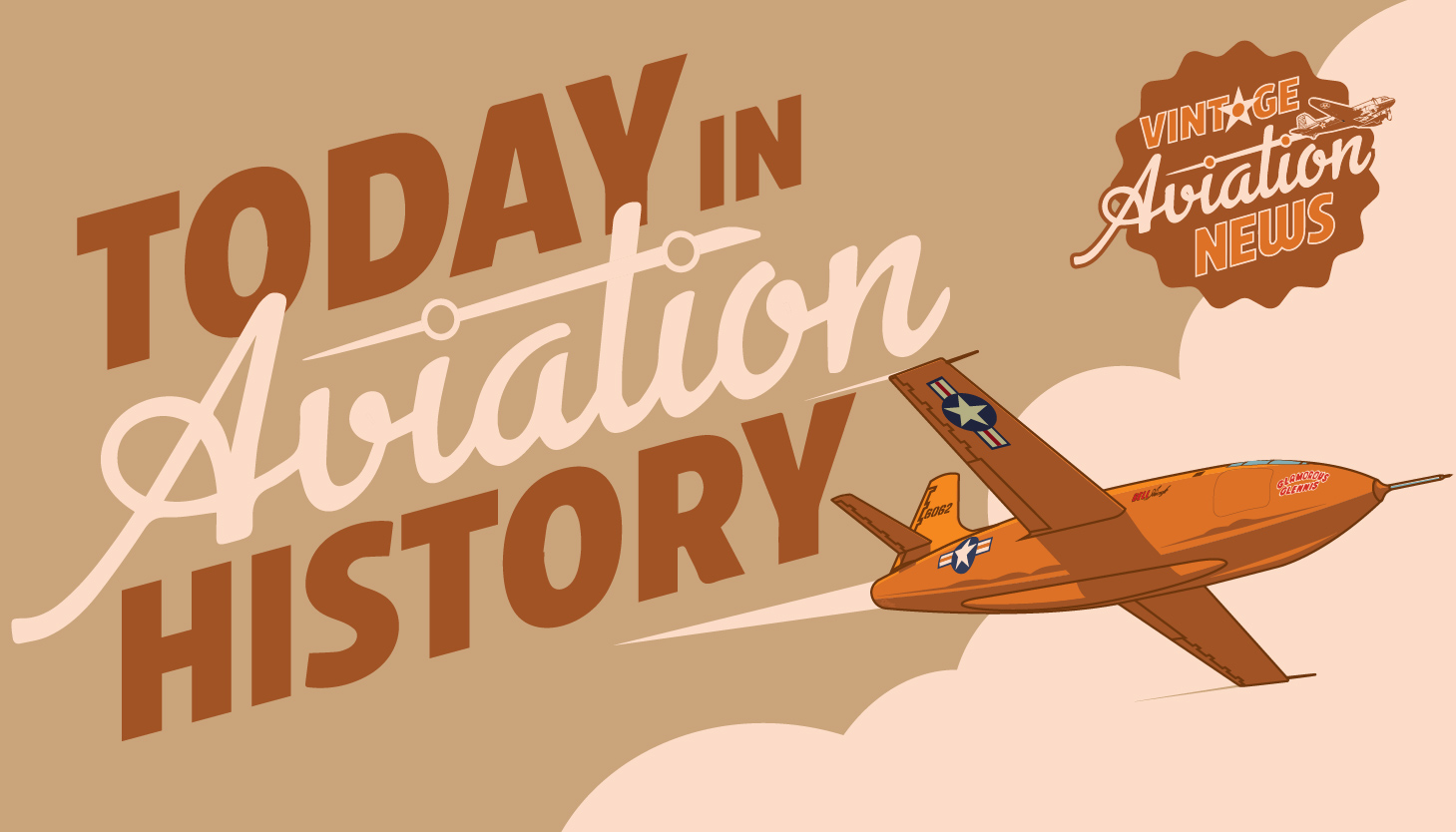
In 1937, the US Army Air Corps created two Circular Proposal projects (X-608 and X-609) through Lieutenants Benjamin S. Kelsey and Gordon P. Saville. While the latter proposal was for a single-engine, high-altitude interceptor, the former called for a twin-engine, high-altitude and long-range interceptor with a minimum level flight speed of 360 mph and a maximum speed in level flight of up to 400 mph and should be able to climb to 20,000 feet in six minutes using superchargers. Among the companies invited to submit design entries to the competition, it was Lockheed Aircraft of Burbank, California, that submitted the winning proposal. After going through a series of conventional and unconventional designs, engineers Clarence “Kelly” Johnson and Hall Hibbard drew up a twin boom tail design, with an Allison V-1710 inline engine on the front of each boom ahead of the singular, cantilever wing, and a fuselage pod in between the two engines and booms. Lockheed called it the Model 22, but the USAAC ordered a singled, unarmed prototype that was designated as the XP-38.
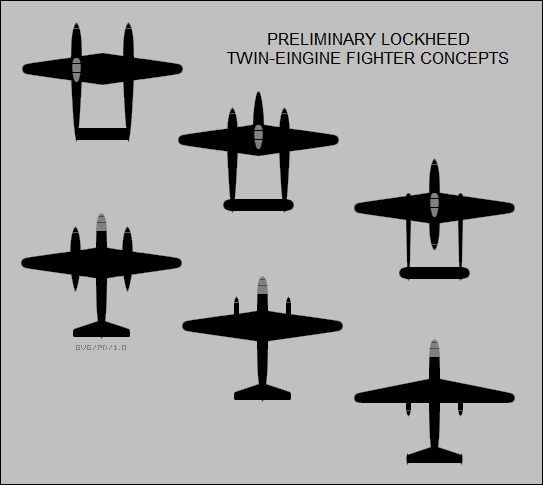
Construction of the XP-38, construction number 022-2201, began in utter secrecy inside an old bourbon distillery adjacent to what is today Hollywood-Burbank Airport. This location would become the first facility used by the Lockheed division known as Skunk Works. As 1938 drew to a close, the XP-38, USAAC serial number 37-457, was ready for flight testing. On the night of December 31, 1938-January 1, 1939, the aircraft was disassembled, covered in canvas, and covertly transported in a column of three trucks from Burbank, just north of downtown Los Angeles, to March Field in Riverside, California, about 70 miles to the east, and reassembled onsite under close supervision. There, Lt. Benjamin S. Kelsey, one of the authors of the proposal that created the XP-38, made the first engine runs and taxi tests, where it was beset with brake issues that delayed the flight-testing phase.
Finally, on January 27, 1939, Lt. Kelsey took XP-38 37-457 on its first flight. Immediately after takeoff, Kelsey felt severe vibrations in the aircraft and saw that the flaps were freely flapping in the slipstream. Upon retracting the flaps, the vibration stopped, but when Kelsey came in to make his landing approach, he would have to land without the use of his flaps. During the landing, the XP-38 came down very fast and with its nose at an attitude of 18°, and the tail struck the ground on landing. Upon further inspection, it was found that three of the four control rods for the flaps had failed. It was decided to replace the aluminum rods with steel examples, the aircraft suffered no further flap-related issues.
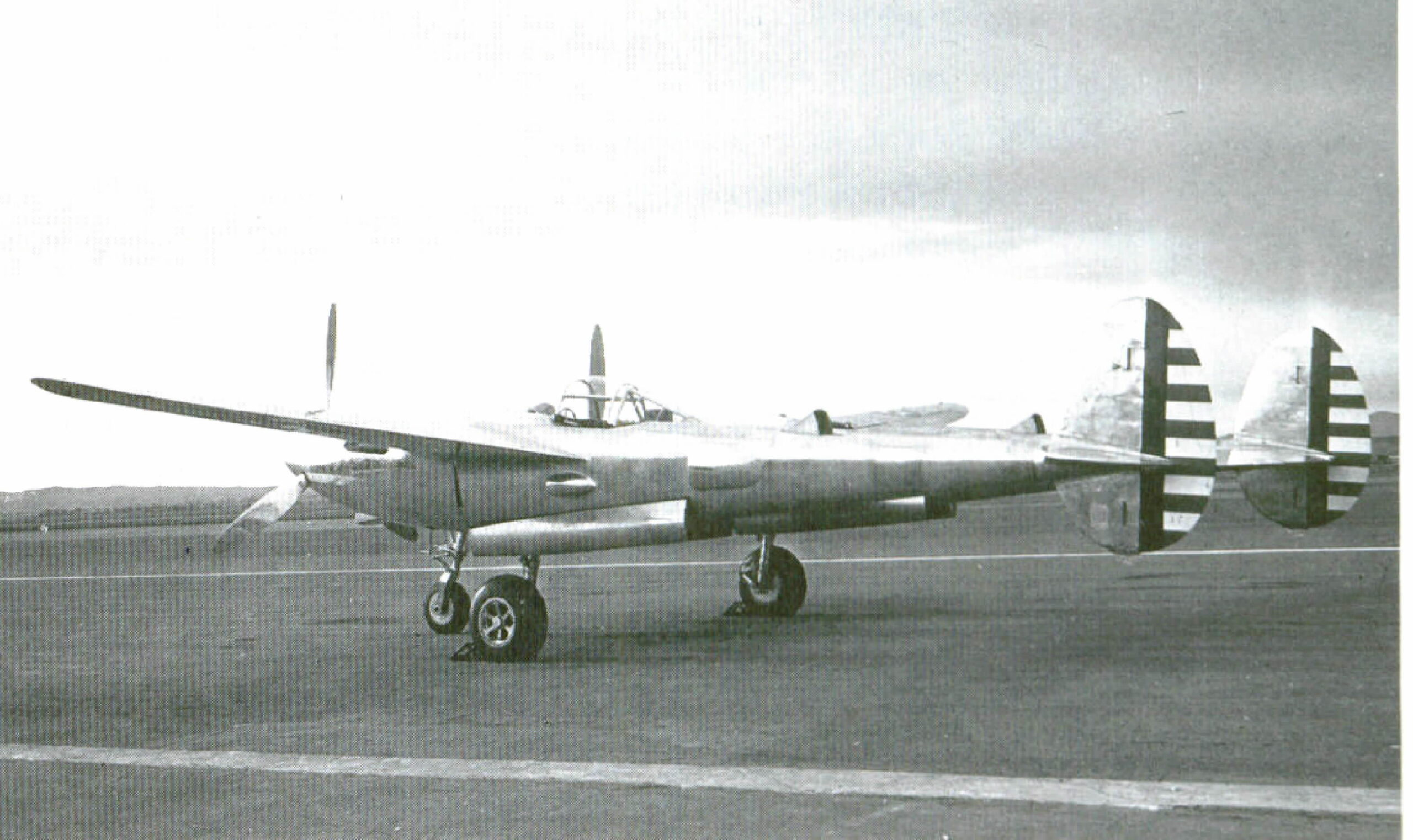
Although the XP-38 had only five hours logged by February 1939, the Army Air Corps decided to have the aircraft flown to Wright Field in Dayton, Ohio for official flight testing. At the same time, there was some interest in breaking the transcontinental speed record set on January 19, 1937, by Howard Hughes in his H-1 Racer, when he flew from Burbank to Newark, New Jersey in 7 hours, 28 minutes. If the XP-38 arrived at Wright Field quickly enough, it was decided to make an unofficial attempt at breaking Hughes’ transcontinental record.
On February 11, 1939, Ben Kelsey took off in the Lockheed XP-38 from March Field at 6:32am Pacific Standard Time, and flew to Amarillo, Texas to refuel, landing at 11:22am Central Standard Time. Twenty-two minutes later, Kelsey took off again, headed for Wright Field, where he landed at 3:10pm Eastern Standard Time. By this point, 5 hours and 43 minutes had elapsed since Kelsey departed March Field. At Wright Field, Kelsey met with General Henry “Hap” Arnold, and it was decided among the two officers to continue the flight to New York, where Kelsey was to break the transcontinental speed record by landing at Mitchel Field on Long Island, New York.
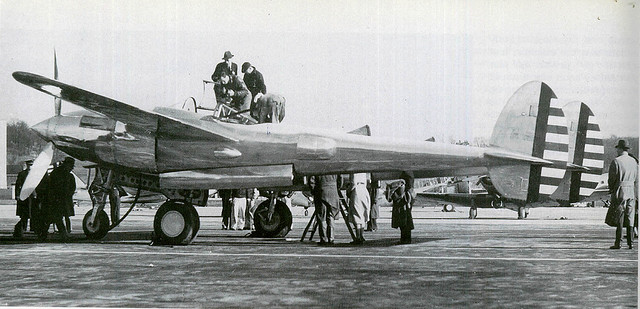
At 3:28pm, EST, Kelsey took off in XP-38 37-457 on the final leg of his transcontinental flight. While he arrived over Mitchel Field at 4:55pm, local traffic from military trainers delayed his landing, and he was ordered to hold before landing. Slowing down behind the trainers, he then tried to advance his throttles to maintain his speed and altitude, but discovered that the carburetors had iced over, and the engines were stuck on idle. Losing altitude and unable to gain speed, Kelsey crashed into a nearby golf course, 2,000 feet short of Mitchel Field. While Kelsey emerged from the wreckage unharmed, the aircraft was damaged beyond repair, and reporters soon crowded the wrecked fighter.
Despite losing the only prototype built thus far, and the fact that Hughes’ record still held, as the total elapsed time (including refueling stops) was 7 hours, 45 minutes, the XP-38 put on a spectacular performance of its capabilities. Kelsey’s actual flight time was 7 hours, 36 seconds, with the XP-38 averaging speeds of 340 mph, and reaching 420 mph during the Wright Field-Mitchel Field run, and in spite of the XP-38’s loss, the Army Air Corps ordered 13 YP-38 pre-production prototypes for further testing on April 27, 1939. Later that year, on September 20, even before the first YP-38s were delivered and flight tested, the USAAC ordered 66 P-38 production models.
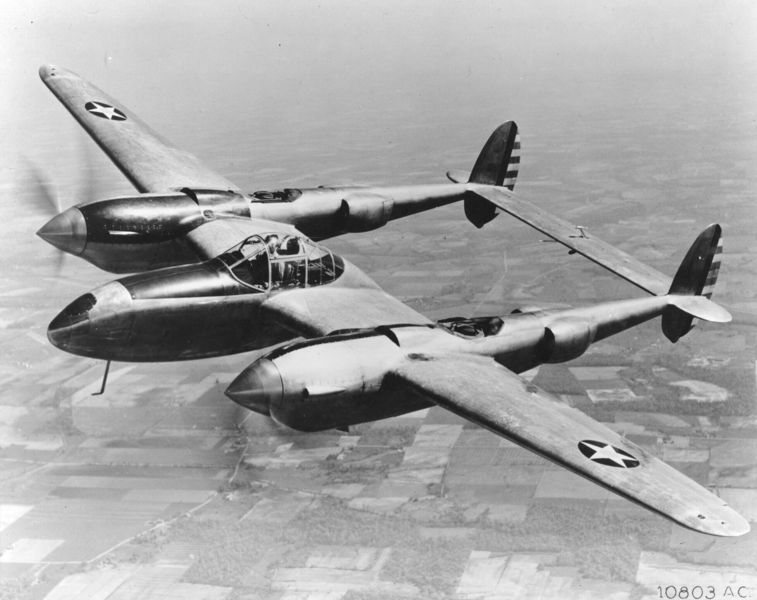
In time, the Lockheed P-38 Lightning (which received the name “Lightning” from the British when they were evaluating the aircraft), would go on to become one of the most successful fighters of WWII, where its nose-mounted guns consisting of four M2 Browning .50 caliber machines and a single M2 20mm cannon combined with its ability to carry hardpoints for bombs, rockets, and disposable fuel tanks gave it greater range than most Allied fighters, and its long range and speed at high altitude also made it a valuable photo-reconnaissance aircraft under the F-4 and F-5 models. Additionally, the two highest scoring American fighter aces of WWII, Richard Ira “Dick” Bong and Thomas McGuire, scored nearly all of their 40 and 38 respective aerial victories flying P-38 Lightnings in the South Pacific against the Japanese.
After the war, some examples continued to serve in foreign air forces such as the Italian Air Force and the Honduran Air Force, the latter of which retired their last P-38s in 1965. P-38s were also used for civilian purposes, from being used as air racers during the Cleveland Air Races of the 1940s and the Reno Air Races, to survey aircraft for aerial mapping companies.
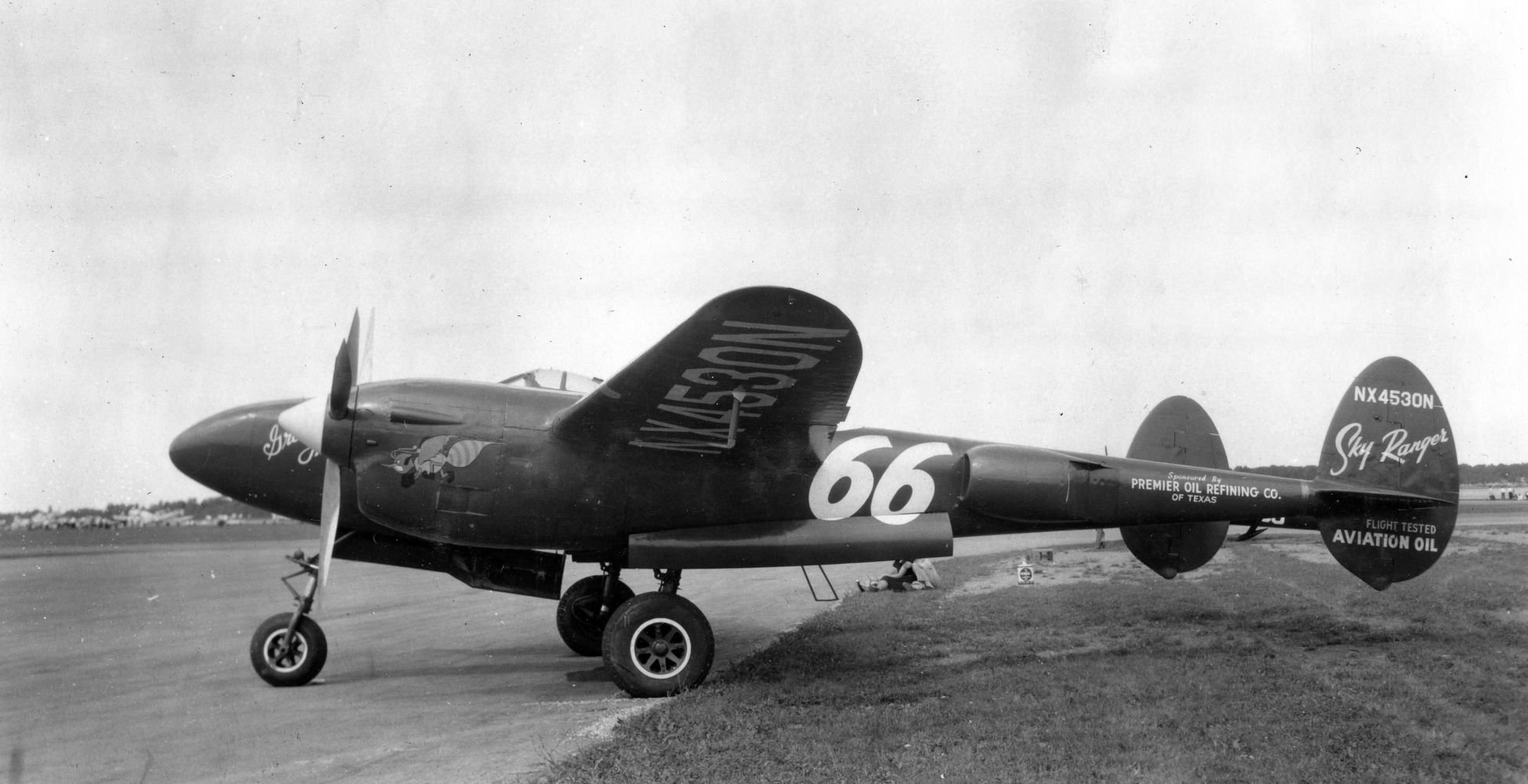
Today, there are several surviving examples of Lockheed P-38 Lightnings preserved around the world today, though the vast majority are in the United States. Among these are 11 examples in airworthy condition, with one of these maintained by The Flying Bulls in Salzburg, Austria, after it was formerly known as White Lightnin’ and flown by CAF co-founder Marvin “Lefty” Gardner, while the rest are flown in the United States under the names Glacier Girl, White 33, 23 Skidoo, Honey Bunny, Relampago, Tangerine, Scat III, Thoughts of Midnite, and Pudgy V, with White 33 having been rebuilt after flying in combat against the Japanese out of Papua New Guinea, and the Glacier Girl being recovered from over 250 feet below a Greenland ice cap after being forced down alongside five other P-38s and two B-17 Flying Fortresses on a ferry flight to England in 1942.
While the Lockheed P-38 Lightning may have had a rough start, its subsequent career has established it as a favorite of many WWII aviation enthusiasts, and whenever one of the last remaining airworthy examples flies at an airshow, it remains a big crowd pleaser, more than 80 years after its first flight.
Today in Aviation History is a series highlighting the achievements, innovations, and milestones that have shaped the skies. All the previous anniversaries are available HERE



